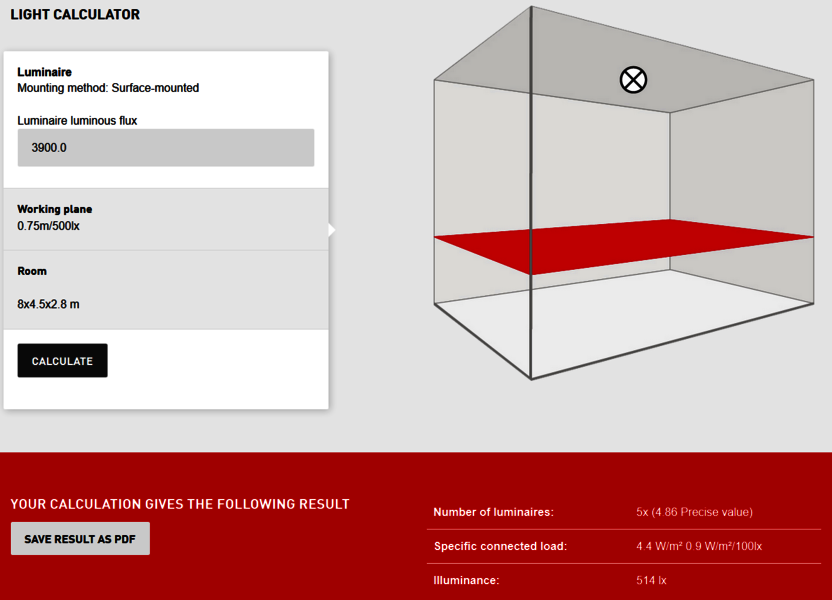
Figure 3.65: Lighting calculator for an approximate determination of the luminaire quantity for a room
Postbox 1960
D-59753 Arnsberg

Figure 3.65: Lighting calculator for an approximate determination of the luminaire quantity for a room
Up until the early 2000s, luminaire manufacturers specified the luminous flux classifications in the technical documentation of their products according to different applicable efficiency methods (see also chapter ). This information was sufficient to allow a general lighting design on the working plane applying the calculation method described in the applicable standard.
In addition to the classification, manufacturers usually published luminaire-specific interim results of the calculation method in tables or diagrams. These were particularly used for a more rapid determination of the required luminaire quantity of a certain construction to achieve a required illuminance and uniformity of lighting depending on the existing room characteristics.
The various classification systems and calculation methods led to slightly different calculation results. Hence it was possible to receive recommendations for varying luminaire arrangements in European countries despite using the uniform European lighting standard EN 12464.
In 2004, EN 13032 was released. It describes a unified European efficiency method. The corresponding luminaire classification factors in the exact luminous flux percentage of every solid angle range as well as the interreflection on the room boundary surfaces. The calculation method is described in appendix A of the aforementioned standard.
All efficiency methods are subject to certain limitations in precision compared to photometric design (using Relux, DIALux or other software programs). Today, they are mainly used to determine luminaire quantities for commercial offers, and also for rapid approximation of luminaires required for a room within the DIALux/Relux program. Frequently, experienced lighting designers can foresee that the luminaire quantity determined using the efficiency method is bigger than the one determined using optimised photometric planning (see following section), which allows the assumption that the approximate investment established using the efficiency method will be adhered to.
The European efficiency method is also being applied for the lighting calculator in the online product catalogue (see figure). It serves to determine luminaire quantities. Further aspects of the luminaires’ photometric effects such as glare reduction and required uniformity of lighting cannot be factored in by the lighting calculator. The assessment of suitability of luminaires considered for the desired lighting task consequently falls to the experienced user of the lighting calculator.